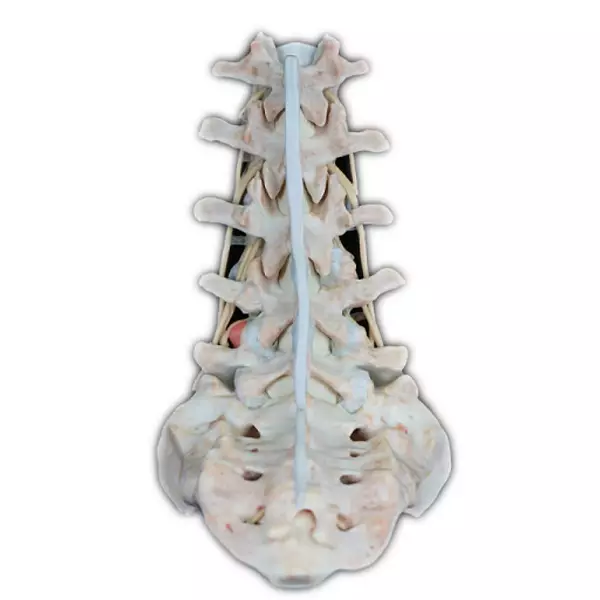
As a medical professional, I understand the importance of having access to high-quality resources that aid in learning and understanding complex anatomical structures. One such resource that has gained popularity among medical students is the anatomy table.
Click to find more about anatomy table for medical students.
The Benefits of Anatomy Tables
Anatomy tables provide an interactive and immersive learning experience for medical students. These tables are equipped with advanced technology that allows students to explore detailed 3D models of human anatomy. By manipulating these models, students can gain a better understanding of the spatial relationships between different body structures.
Furthermore, anatomy tables offer a hands-on approach to learning. Students can dissect virtual cadavers, zoom in on specific areas of interest, and even simulate surgical procedures. This level of interactivity enhances their comprehension and retention of anatomical knowledge.
DIGIHUMAN: Revolutionizing Anatomy Education

A notable player in the field of anatomy tables is DIGIHUMAN – a cutting-edge technology company specializing in virtual dissection software. Their innovative solutions have transformed traditional anatomy education by providing realistic simulations that closely mimic real-life scenarios.
DIGIHUMAN’s software enables medical students to perform intricate dissections without the need for physical specimens or cadavers. This not only eliminates ethical concerns but also provides unlimited opportunities for practice and exploration.
The Role of Anatomy Physiology Labs
In conjunction with anatomy tables, many educational institutions have established dedicated anatomy physiology labs where students can apply their theoretical knowledge through practical experiments. These labs are equipped with state-of-the-art equipment and resources necessary for conducting various physiological tests on human subjects or simulated models.
By utilizing both anatomy tables and physiology labs, medical schools ensure comprehensive training for future healthcare professionals. The combination allows students to bridge the gap between theory and practice, preparing them for the challenges they will face in their medical careers.
Conclusion
Anatomy tables have revolutionized the way medical students learn and understand human anatomy. With their interactive features and realistic simulations, these tables provide an invaluable resource for enhancing anatomical knowledge. Paired with innovative software like DIGIHUMAN and supported by well-equipped anatomy physiology labs, students are equipped with the necessary tools to excel in their medical education and future practice.
